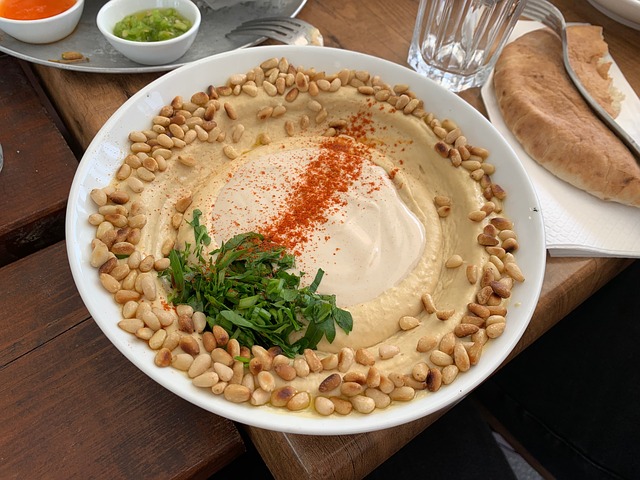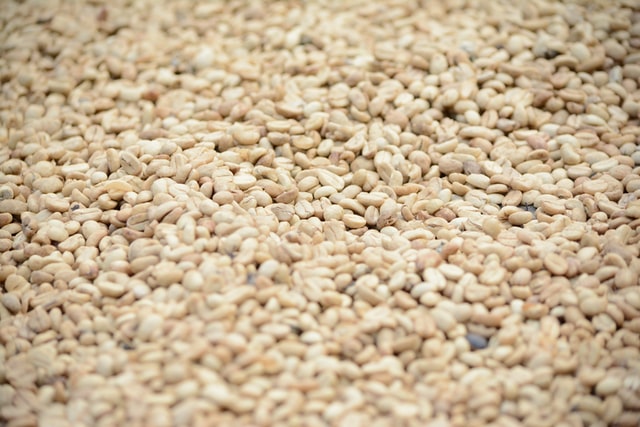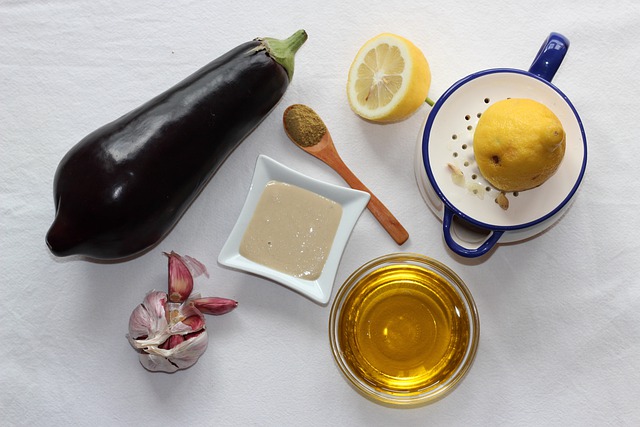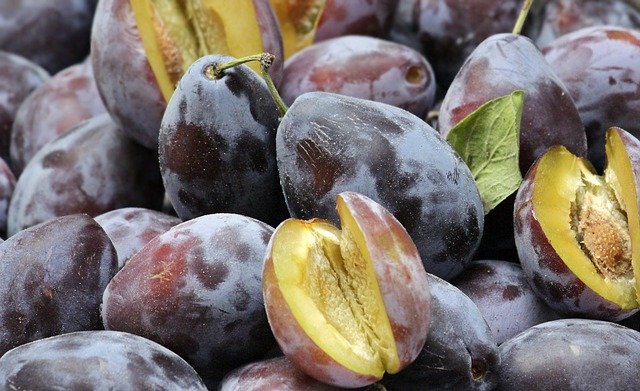Brought to us from the middle east: Tahini. A product that a lot of vegetarians or vegans can’t do without on their cupboards! Which has driven the prices of it up a lot.
But what if I tell you that it’s actually really easy to make it yourself?
Is your mind blown already? If not, then it really should.
I’m not going to spill the tea just yet, let’s talk a bit more about this “is it worth it?” series!
Is It Worth It: The Series
If you haven’t read anything within this series yet, well, that’s quite normal. It’s only the third article at the moment. The others were: Is It Worth Making Your Own Tofu? and Is It Worth Making Your Own Nut Butter?
If you have seen the previous articles already then you know there are three categories for me to judge:
- Cost
- Time
- Taste
Because if it takes a whole lot of time, then it might not be worth it.
However, there are also other categories, like accessibility. But because I can’t compare this with every single country in the world, I’m not going to judge this.
Before we dive into the specifics, let’s have a look at how you actually make it. Just make sure that you keep on reading the rest of the article before you try it out yourself.

Making Your Own Tahini Paste
- Virendra
- February 28, 2021
Making your own tahini paste is super easy. You actually just need sesame seeds! And a food processor. I know not everyone has this at home, but it’s really necessary to make your paste. If you are making a lot of things yourself at home, this is an unmissable gadget.
- Prep Time 10 Minutes
- Blending Time 20 Minutes
- Total Time 30 Minutes
Ingredients
- 3/4 Cups / 150 gr Sesameseed
Instructions
- Put the sesame seed into a skillet on a medium heat to roast them for about 3 minutes.
- From the skillet put them into the food processor.
- Blend it until it starts releasing its oil.
- If it's too thick and you like it a little bit more liquidy, then you can add a tablespoon of oill (I used sunflower oil)
- Put them in a jar and done!
Notes
As with making a nut butter, it’s going to take a while before the seeds start to release their oil. There are a couple of stages.
- First stage, you make a flour.
It might look that this is the end stage, but just keep on going, there is more than just flour! - Second stage, it’s forming a ball.
The oils slowly are starting to release and getting mixed with the flour. It’s still not the finished product, so keep on going. This is also the point where it might be good to use a little bit of oil. - Thirds stage, this is the final stage, the oil will be fully released and your tahini will be done to put in a jar!
It’s hard to put a timer on how long it’ll take for you to make your own tahini, but it won’t take longer than 20 minutes normally.
Is It Worth Making Your Own Tahini Paste?
Now, before you are going to start to make your own, stick with me for another minute or two. Within the three categories we’ll have a look if it’s actually a good idea!
Cost
This is really the most amazing thing that I’ve ever done, cost-wise.
Is it worth making tahini paste regarding the cost?
A big, fat YES!
I’ve seen it sold for about 4 euros a jar. Up until 8 euros for people who made it at home to sell on markets.
However, for a jar that normally would cost me 4 euros, I made it myself for only 1.50 euros! the sesame seeds were only 90 cents in the supermarket, and I’ve just added a bit of electricity and gas to it. Which probably wouldn’t even cost me 1.50 euros.
So, again, it’s really worth making it yourself!

Time
Time-wise, it’s not to bad. Within 30 minutes you whip up your own tahini. And that’s mostly without even lifting a finger.
The most intensive work is roasting the seeds in the beginning. With all the other stuff you just have to lift your finger and push a button!
Taste
I’m not such a big fan of pure tahini. So, taste-wise it was alright. To me it tasted the same as any other paste that I always bought. Maybe a little more roasty as I left them on the heat a bit too long.
However, I used it in some of my favorite spreads, Baba Ganoush. It was delicious! So, I do prefer a homemade tahini in my baba instead of the one from the store.
Here as well, I’d say yes, yes, yes to taste!
Conclusion
I don’t think I have to write a lot about my conclusion. If you’ve read it up until now, you know that my answer is, “yeah, it’s worth it!”.
I’ve made a bit more than I though I would. 150 grams didn’t look that much in the package, so I bought two of them. In the end I made two jars with it!
I haven’t tested how long it will keep well. I’ve heard you can count on about one month. But, there’s not much to is, so it might take a bit longer. Especially if you keep it in the fridge.
Just be aware that I’m not a Food Health Expert, so be sure to taste it if it’s been in your fridge for a long time.
And now, it’s time to make your own Baba Ganoush or your own Hummus!
What will you be making?

The ingredients above are what you’ll need to make your own baba ganoush! If you are interested, leave a message down below and soon I might make an article on how to make your own!
It tastes really great with some flatbread!




Yes, there is always many factors to take into consideration when making or trying out a new recipe and can be worrisome – its always good to be prepared! Your recipe description is simple to understand at a glance of the tahini paste and it doesn’t seem to long to make and not much productivity involved – it certainly has convinced me to try out soon! Very healthy and no doubt delicious with minimum ingredients – many thanks now:)
Thank you Farah, make sure that you send us your review of your homemade tahini 😉